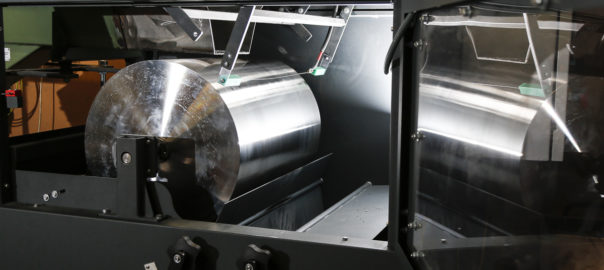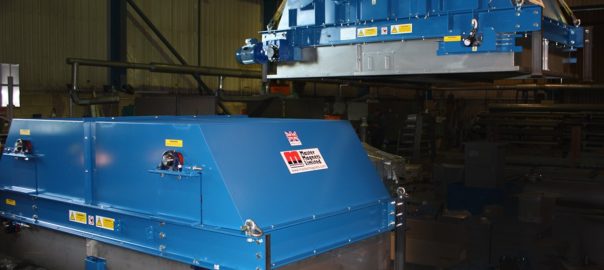Bunting has launched a new separation device that, it says, significantly broadens the company’s separation capabilities, opening new opportunities for optimising mineral reserves.
The development of the ElectroStatic Separator comes in response to enhanced material separation requirements in the recycling, plastics and minerals industries, Bunting said.
It uses tungsten electrode wire to generate electrostatic charges to separate dry liberated particles, exploiting the difference in electrical conductivity between various materials in a feed material to produce a separation.
“The separation depends on a number of key material characteristics including conductivity, moisture content and size range,” Bunting said. “In many applications, often due to the fine particle size, the ElectroStatic Separator is the only technology that enables a separation (eg -2 mm granulated cable scrap).”
The technology also replaces less environmentally friendly separation processes such as froth flotation in mineral processing applications (eg separation of rutile from silica sand), according to the company.
In operation, the technology uses the difference in conductivity between insulators (eg plastics) and conductors (eg copper and aluminium) to obtain a separation on an earthed roll. A vibratory feeder evenly feeds a material mix onto the top of a rotating earthed metal roll, with the rotating roll transferring the material under an electrode bar inducing an electrostatic charge. Non-conductive materials (ie insulators) adhere to the earthed roll via an image force, while the conductors lose their charge quickly and, under centrifugal force, are discharged, according to Bunting. This enables a separation.
ElectroStatic Separators provide material segregation in plants processing minerals, producing plastics, and recycling secondary metals, the company says, with differences in conductivity found in recycled materials and minerals sufficient to enable excellent levels of separation.
“Indeed, this includes the separation of metals with different conductivity,” the company said.
The mineral processing industry commonly uses ElectroStatic Separators in conjunction with high intensity magnetic separators such as Bunting’s own Rare Earth Roll Magnetic Separator and Induced Magnetic Roll Separator, it said. This combined separation process is used when processing beach sands, for example.
The new separator is available as a single or double staged system in feed widths of 500 mm, 1,000 mm and 1,500 mm to suit a specific application.
The Bunting Centre of Excellence in the UK includes a laboratory-scale model of the new ElectroStatic Separator, according to the company.







